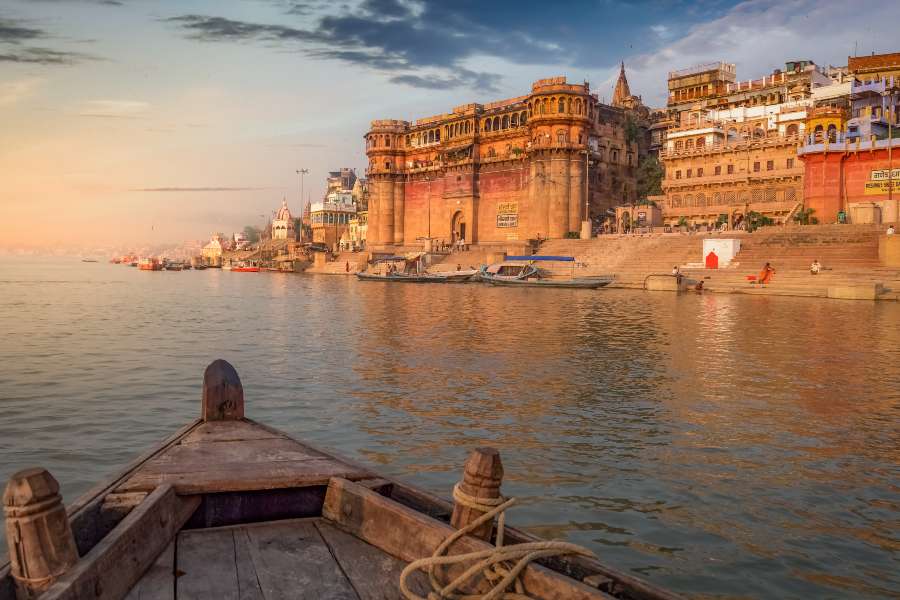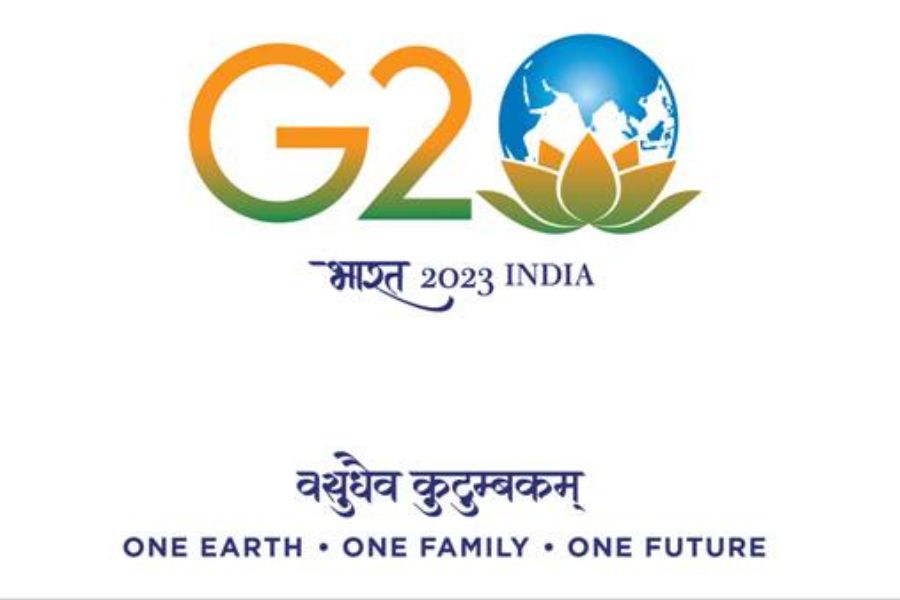India’s tourism sector’s road to revival from Covid-19
India’s travel and hospitality sector is crucial for job creation and earning foreign exchange. The COVID-19 pandemic has significantly affected tourism worldwide. The revival should be more people- and planet-centric and aligned with the global call of building back a better and greener future.
- Prior to the pandemic, India had seen a record surge in foreign tourist arrivals in the backdrop of a plethora of initiatives since 2014. During 2019, foreign tourist arrivals (FTAs) in India stood at 10.89 million, achieving a growth rate of 3.20% y-o-y.
- However, the travel & tourism sector’s share in India’s GDP in 2020 plummeted from 6.9% to 4.7%, affecting directly around 8 million people, US$ 18 billion and US$ 43 billion in international and domestic spending, respectively.
- The revival should be more people- and planet-centric and aligned with the global call of building back better and greener from the pandemic.
- Albeit challenging, increasing rates of vaccination, vaccine passports, and reducing caseloads could encourage the policymakers to opt for a full-fledged domestic and limited international re-opening.

Image credit: Shutterstock
According to the World Travel & Tourism Council, the global travel & tourism sector’s contribution to GDP plunged by almost 50% in 2020 to reach only US$ 4.7 trillion in 2020 owing to COVID-19 and the ongoing restrictions to international mobility. Amidst a bleak global tourism scenario, the recovery in India is going to be very challenging.
Worldwide, the sector contributed 10.4% to global GDP at pre-Covid levels, but decreased to a mere 5.5% in 2020. A report by United Nations Conference on Trade and Development (UNCTAD) has estimated the cost of the pandemic on international tourism to the tune of US$ 4 trillion for the years 2020 and 2021. UNCTAD has also cautioned that return to normalcy may protract beyond 2023 due to sporadic travel restrictions, asymmetric access to vaccines, low traveller confidence and a poor economic environment.
India is no different from this trend. Prior to the pandemic, India had seen a record surge in foreign tourist arrivals in the backdrop of a plethora of initiatives the country witnessed since 2014. During 2019, foreign tourist arrivals (FTAs) in India stood at 10.89 million, achieving a growth rate of 3.20% y-o-y.
Measures like e-visa facility for online visa processing covered 166 countries in 2019, compared to 46 countries at launch in September 2014. Further, visa-on-arrival, building religious and cultural circuits backed by infrastructure development, incentives and promotional initiatives, among others were showing positive results before the pandemic halted the gains, considerably.
India experienced a sharp decline across tourism-related economic indicators in 2020 as compared to 2019. The sector’s share in India’s GDP plummeted from 6.9% to 4.7%, affecting directly around 8 million people, US$ 18 billion and US$ 43 billion in international and domestic spending, respectively. The decline in domestic visitor spending was at 30.7%, much lower than the global average of 45%. Put together, the direct, indirect, and induced impact on hotels, accommodation, restaurants, transport, travel & tourism services and informal workers is exponential.
A trek towards better
The market size of travel and tourism in India is expected to grow from around US$ 200 billion, or 6.9% of the GDP to US$ 512 billion, or 9.2% in a decade’s horizon from 2019. Albeit challenging in the pandemic context, increasing rates of vaccination, and reducing caseloads could encourage policymakers to opt for a full-fledged domestic and limited international re-opening. Multiple sub-sectors e.g. business, leisure, medical, health and wellness, remote working, cruise, adventure and village tourism can greatly benefit from such a response.
Further, leveraging digital innovations for recovery is very important. It is time to open-up international travel for those vaccinated with a proper track and trace mechanism such as with the Travel Pass Initiative. This initiative is facilitated by International Air Transport Association, and it creates a digital version of a traveller’s passport with the help of a mobile app.
This can further link credible diagnostic and vaccination information systems as well as respective travel guidelines across countries, and provide rapid enforcement solutions. Not only can this normalize low stakeholders’ confidence but also help India expedite recovery and a smoother transition from air bubble arrangements.
With a positive business climate, robust health and wellness sector characterized by yoga, meditation, Ayurveda, naturopathy, etc., India has the potential to recover stronger. Infrastructure developments from North Eastern to the Coastal States also provide an opportunity to connect the outside world with Bharat—a popular reference to remote, coastal, border and other disadvantaged rural communities in India.
Rural teledensity in the country is 60.27 percent as of FY20 as compared to 56.68% in FY19, and we’re inching closer to reach the 100% milestone by 2025. Besides digital inclusion, it could promote village tourism by enabling rural entrepreneurs to connect with domestic and international tourists online.
Last but not the least, the revival should be more people- and planet-centric and aligned with the global call of building back better and greener from the pandemic. It is vital for policymakers in India to ensure that tourism creates a positive environment, social and economic impact.
Examples of this include village tourism, health and wellness tourism, eco-tourism and low-carbon tourism that discourages food-waste, single-use plastic and exhaustive use of private vehicles etc. Meaningful steps with a suitable policy environment could attract sustainable investments and stimulate a better transition for current and future generations. With a deliberate push, Indians could also herald a collaborative eco-system of knowledge sharing, training and capacity building on that– both in domestic & global contexts.
Prashant Sharma is a Jaipur-based global economic and strategic affairs analyst. Views are personal.













😍😍😍
👍